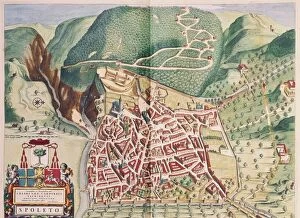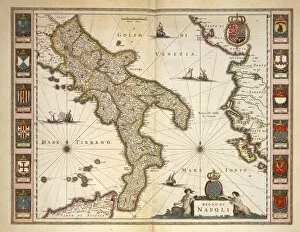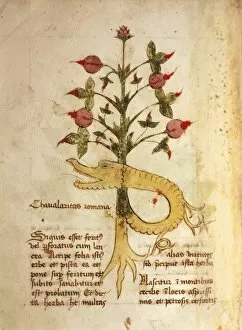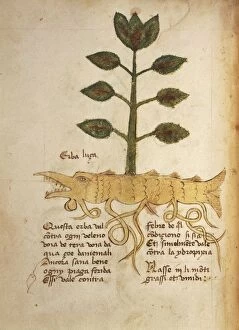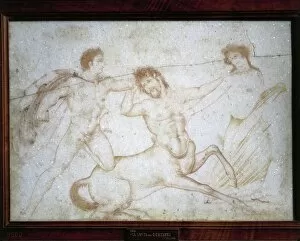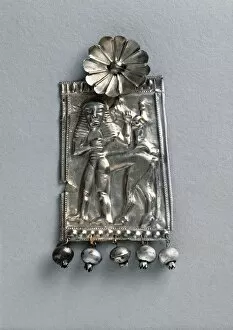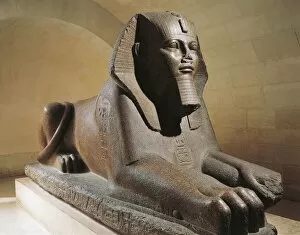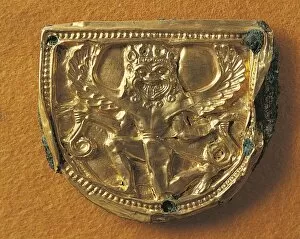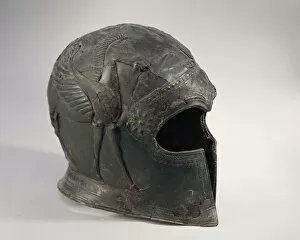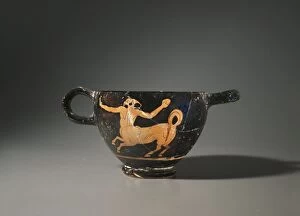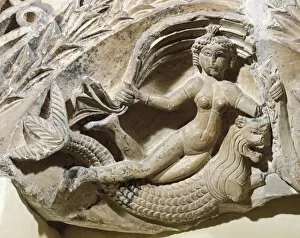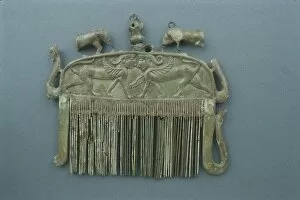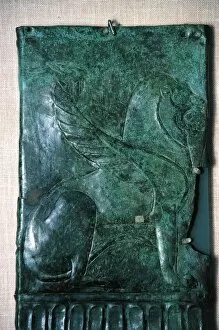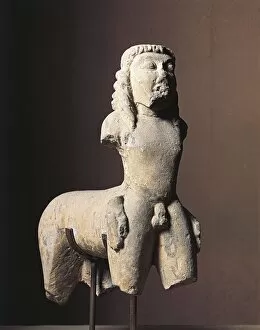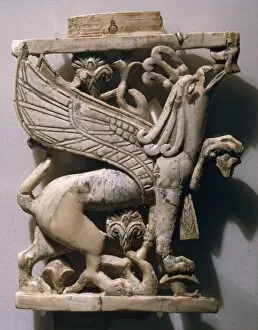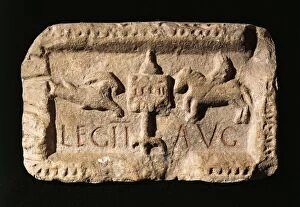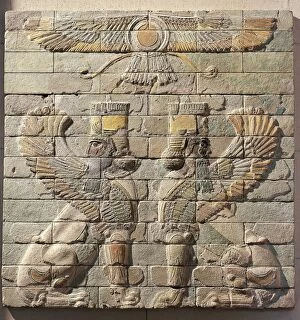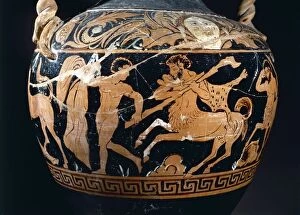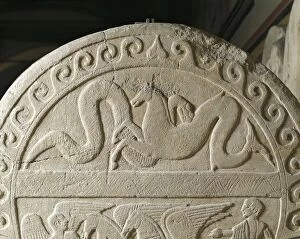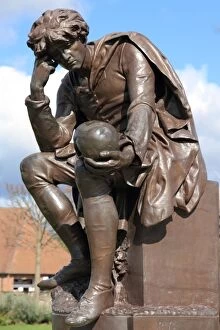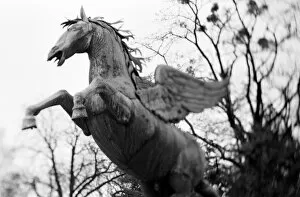Fictional Being Collection (#4)
"Unleashing the Imagination: Exploring the Realm of Fictional Beings" Gazing down from the Notre Dame Cathedral, Paris, France
For sale as Licensed Images
Choose your image, Select your licence and Download the media
"Unleashing the Imagination: Exploring the Realm of Fictional Beings" Gazing down from the Notre Dame Cathedral, Paris, France, a majestic gargoyle stands sentinel over the city, its stone visage both fearsome and intriguing. A person wearing a ghost costume made out of a white sheet with two holes in it brings to life childhood memories of Halloween nights filled with laughter and spooky tales. In an artist's rendition, we witness the birth of Pegasus, as Filippo Falciatore captures this mythical creature emerging from its ethereal cocoon. The Chimera of Arezzo, an Etruscan bronze sculpture standing at 65 cm tall, embodies fantastical creatures fused together in one mesmerizing form. Jacopo Ligozzi's drawing portrays a mufti alongside a monstrous being - an enigmatic depiction that sparks curiosity about their relationship and origins. Giambologna's bronze sculpture showcases Morgante riding atop a sea monster; this captivating artwork transports us into realms where imagination knows no bounds. Two dragons playfully chase after flaming pearls on polychrome glazed majolica tiles - an exquisite display that ignites our fascination for mythical creatures and ancient artistry. Giovanni Francesco Barbieri's painting unveils St Bruno experiencing a visionary encounter beyond earthly realms; his spiritual journey invites us to ponder unseen dimensions. Adorning Armenian Patriarchate of Jerusalem are stunning majolica tile decorations from the 17th century - each intricate pattern tells stories steeped in folklore and wonderment. The Fountain of Neptune designed by Francesco Antonio Giongo di Lavarone captivates passersby with its grandeur; evoking awe through its portrayal of this powerful mythological deity ruling over waterways. Within a small Hellenistic-style temple adorned with garnets lies Naiskos with Dionysus inebriated and satyr.

